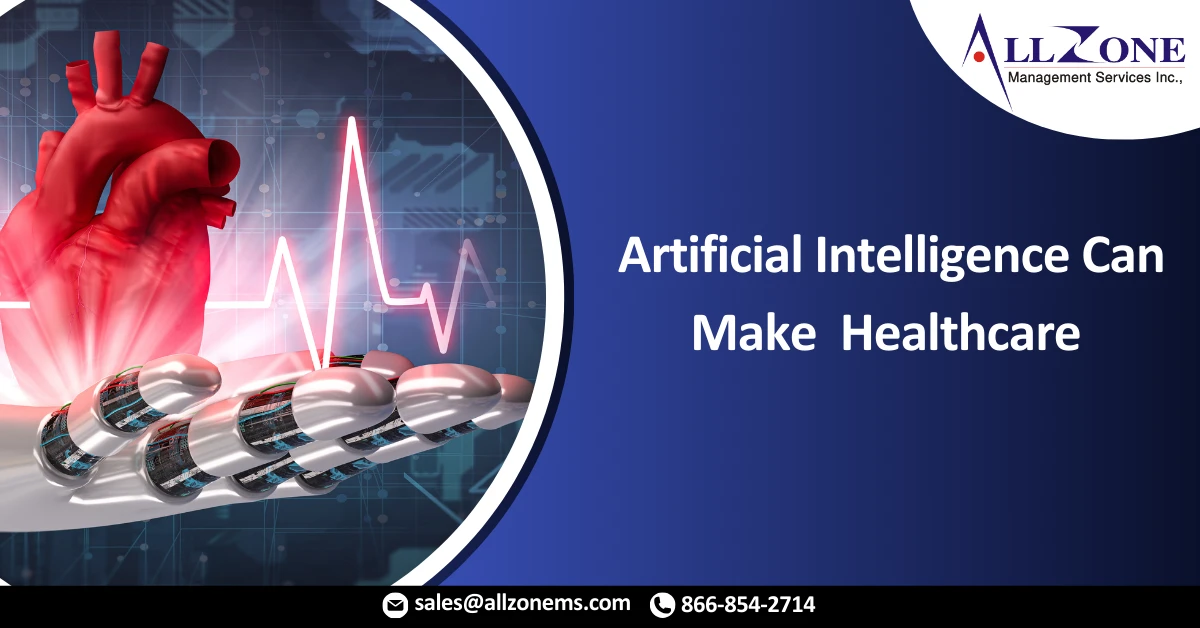For the past several decades, patients, providers, and payers have lamented the health of the U.S. healthcare system.
Just this past fall, JAMA: The Journal of the American Medical Association, estimated that close to 30% of healthcare spending in the U.S. “may be considered waste.”1
Over these same several decades, an important technology — artificial intelligence — also has grown in importance and impact. AI pervades our daily lives. It powers your Amazon shopping cart, the Alexa device in your living room, and suggests personalized movies and music on Netflix and Spotify.
AI, and its subset, machine learning, is imbued in our daily lives.So why not also in healthcare?
HEALTHCARE IS A NATURAL HOME FOR ARTIFICIAL INTELLIGENCE
AI is the ability for a computer system to perform a task that an intelligent human could do. But AI needs massive amounts of data to work well. That’s something the healthcare industry possesses in spades.But you can’t just throw AI at a healthcare problem. You need to identify specific challenges, and demonstrate how data, interpreted by AI platforms and its subset, machine learning, can create value for patients, providers, and payers.
Whether or not an AI solution provides value depends upon the answers to these questions:
- Is it feasible to use AI?
- Is there enough volume of data to train a model?
- Is the data of sufficient quality?
- Can AI make the process run more quickly?
- Can AI do so at a far lower cost?
- And does the resultant model, once incorporated into an organization’s workflow, truly affect positive change?
Here are four practical examples of AI products we’ve developed at where the answer is “yes” to all six questions. These examples use our Claims Lifecycle Artificial Intelligence, a new capability being integrated into our Intelligent Healthcare Network™ and financial solutions, to help providers and payers optimize the claims processing lifecycle.
- Dual Eligibility. AI effectively identifies and engages members who are eligible for both Medicare and Medicaid. Finding that population lowers cost and improves revenue for payers.
- Charge Capture.Many of the hundreds of thousands of providers we work with in the U.S. use AI to detect missing charges before claims are filed with payers. That helps providers improve revenue and cash flow.
- Imaging Order Streamlining. AI is helping physicians streamline imaging orders and comply with new and existing regulations.
- Denial Management. AI used to enable providers to proactively identify problem claims that could result in denials, and remediate potential issues before the claims are filed.
You need each of the above six conditions to be present to change the cost-quality curve of a healthcare challenge. Just think about a single claim payment. What’s the role of data as you make a decision about a payment? How many different permutations of a decision can there be? For any one patient, how many diagnosis or procedure codes apply? The questions go on and on.
NOW IS THE RIGHT TIME FOR AI TO BE APPLIED TO HEALTHCARE
But why can AI—finally—have such a positive impact on the U.S. healthcare system? There are several interrelated trends that have come together in the past few years.
- Digitization. Data now is digitized with regard to claims eligibility, transactions, and electronic health records.
- Cloud. Cloud computing platforms allow our industry to build AI systems in a secure, compliant, elastic, scalable, and economical way.
- Open Source and commercial AI/ML frameworks. The availability of commercial and open source frameworks enables organizations to build solutions more economically.
- Training. There are now sufficient numbers of data scientists and machine learning engineers coming into the labor force who can build these models.
For More Information: https://www.beckershospitalreview.com/how-artificial-intelligence-can-make-the-u-s-healthcare-more-efficient.html

